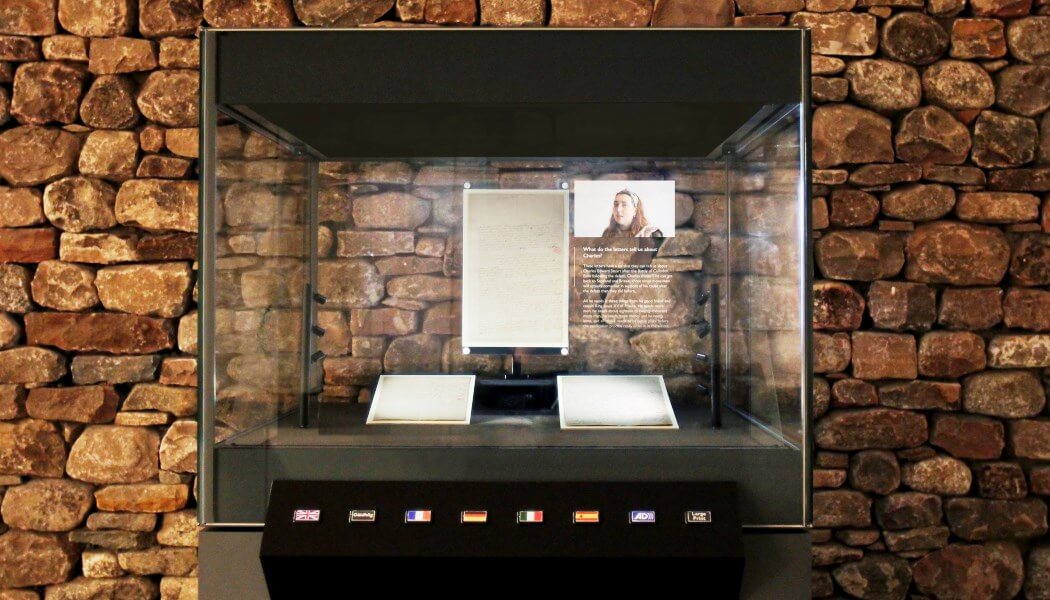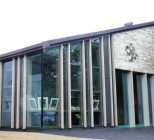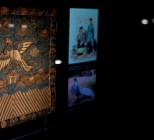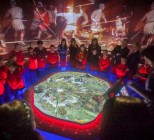The ColliderCase system is the creation of Virtual Case Systems, founded by award-winning interpretive designers Bright White Ltd and d3t Ltd and earlier this year the first case was installed at Culloden Battlefield and Visitor Centre, owned and operated by the National Trust for Scotland. Virtual Case Systems is also currently exhibiting a ColliderCase at the American Alliance of Museums’ Annual Meeting and Museum Expo in St Louis and at Data City, a three month exhibition at the Centre des Arts, Enghien-les-Bains, Paris. This exhibition is showing works from each of the nine UNESCO Media Arts Creative Cities around the world of which York, where Virtual Case Systems is based, was designated as one in 2015.
“We have been working with National Trust for Scotland and have very positive feedback so far,” says Izzy Bartley, client manager for ColliderCase at Virtual Case Systems. “We have been gathering visitor data from the ColliderCase’s inbuilt sensor, and we can use this information to update the interpretation and make it more effective, maximising audience engagement. We have recently uploaded new content remotely from York which went very smoothly and was completed within a matter of minutes.”
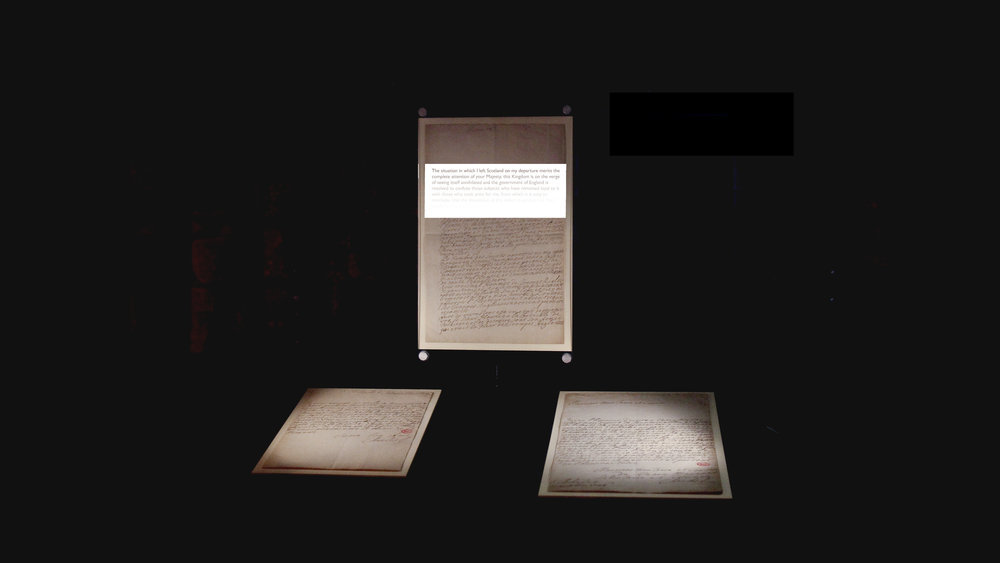
At the M+H Show Chris Walker, Virtual Case Systems founder and managing director of Bright White, will talk about the different data that has been collected so far and the two different interpretations that have been implemented at the historic attraction near Inverness.
“Gathering data on how people are actually responding to exhibitions and to interpretation is something that’s difficult to judge. Using a sensor like this enables us to gain an insight into how people are viewing the interpretation in the case.”
The inbuilt sensor allows a museum to understand how its message is getting across to visitors, how long they are spending viewing the display, whether they are watching it all the way through and whether the content could be improved to increase audience engagement.
The ColliderCase was installed at Culloden in November and features a letter from Bonnie Prince Charlie to King Louis XV. The visitor watches as the script on the original document glows, highlighting a passage of text, before this is ‘replaced’ with accessible type in the visitors’ own language. The exclusive capabilities of ColliderCase technology enables this visual transformation to take place, whilst maintaining the object in a secure, conservation level environment. The case at Culloden has seven different language options, activated by pressing a button and also large print and audio described interpretation, reflecting the audiences that visit the museum.

“As with any new installation, there have been a few teething problems, and we have worked closely with d3T and Culloden staff to deal with these effectively. People attending our talk at the New Technology theatre on Thursday will hear from Katey Boal, Learning Manager at Culloden. This will provide a museum curator’s view on the ColliderCase system, which I think will be really valuable.”
At Data City the ColliderCase is showcasing an exhibit called York Minster that weaves a variety of stories and storytelling tools together into a single hologram-like presentation. Real fragments of York Minster sit at the centre of the display, and from it a story literally unfolds of how the Minster has been highly relevant in the creativity of the city for centuries.

“This exhibition is showcasing cutting edge technology from each of the designated cities. We were chosen to represent York and the brief gave us the chance to show how ColliderCase could be used in a more artistic way. It shows the broad range that the medium can accomplish and how it can be tuned to respond to what the client needs. One of the inherent strengths of ColliderCase is that it is so flexible. Objects can be swapped in and out and content can be changed and uploaded remotely.”
The case that is at Enghien-les-Bains has been requested to go into York Minster for the York Culture Awards in November. As well as this, Virtual Case Systems have also been working on a case for the National Holocaust Centre Museum for their new Leon Greenman gallery, which will be installed in August.
“That is good example as they are going to have a range of objects that will be swapped in and out over time to give them the flexibility to respond to their audience or even world events. And if they have a school group visiting the content can be changed at the flick of a switch to be more suitable for that age range.”
Bartley says that ColliderCase is also adaptable to changing technology and can embrace changes and accommodate improvements to screens, video and audio. The system can also be inserted into existing showcases, making it more versatile and runs from just one plug socket. It is also very portable and it can come with a bespoke wheeled flight case so is ideal for travelling exhibitions or if a museum wants to move the ColliderCase to another location.
The talk, Making a case for a unique interpretive approach, will take place at the Museums + Heritage Show at 12pm on Thursday, May 18 and ColliderCase can be seen in action at stand H7 on May 17 and 18.
M+H Show - Register for free
The Museums + Heritage Show takes place at Olympia London on 17-18 May.To register your free place at the show click here.

